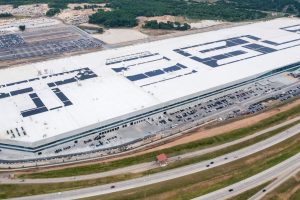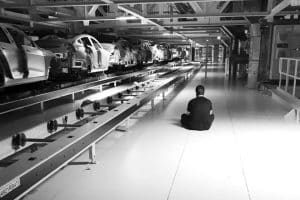Tesla recently announced that it had launched the fourth phase of its Virtual Power Plant (VPP) project in South Australia. The newest phase would welcome an additional 3,000 low-income homes into the growing network.
Tesla’s VPP project in South Australia is quite ambitious, and while the initiative does not typically attract headlines like the company’s electric vehicles, its progress has been quite notable over the years. In April of last year alone, Tesla announced that it was expanding the VPP network to New South Wales, southeast Queensland, and the Australian Capital Territory.
When the project was announced in 2018, Tesla noted that the virtual power plant would consist of 50,000 homes fitted with solar panels and Powerwall batteries. The system was expected to deliver 250 MW of solar energy and 650 MWh of battery storage capacity when completed.
As noted by the electric vehicle maker in a post on its official LinkedIn account, the South Australia VPP’s fourth phase is quite unique in the way that it now includes homes that only have Tesla Powerwall batteries. This enables thousands of other homes that could not previously participate in the virtual power plant to be part of the initiative. The EV maker noted that in areas where there is surplus solar generation, battery-only installations could provide an effective solution for storing excess energy.
A look at Tesla’s official page for the South Australia virtual power plant shows that even homes with only Powerwall batteries and no solar panels could benefit from joining the program. While Powerwall-only homes do not access sustainable energy, they do enjoy blackout protection and a lower electricity rate. These two benefits alone would likely make the VPP an attractive proposition for homeowners.
A homeowner with a Powerwall-only installation provided some hints at the benefits of joining the South Australia VPP. “We’re saving about $20 a month off our electricity bills, which helps tremendously. We’re pensioners, so every bit helps. When there used to be blackouts, I’d wake up and try to get the generator started in the early hours of the morning. Now, the power just goes straight back on with the battery, and you don’t even notice,” the homeowner noted.





